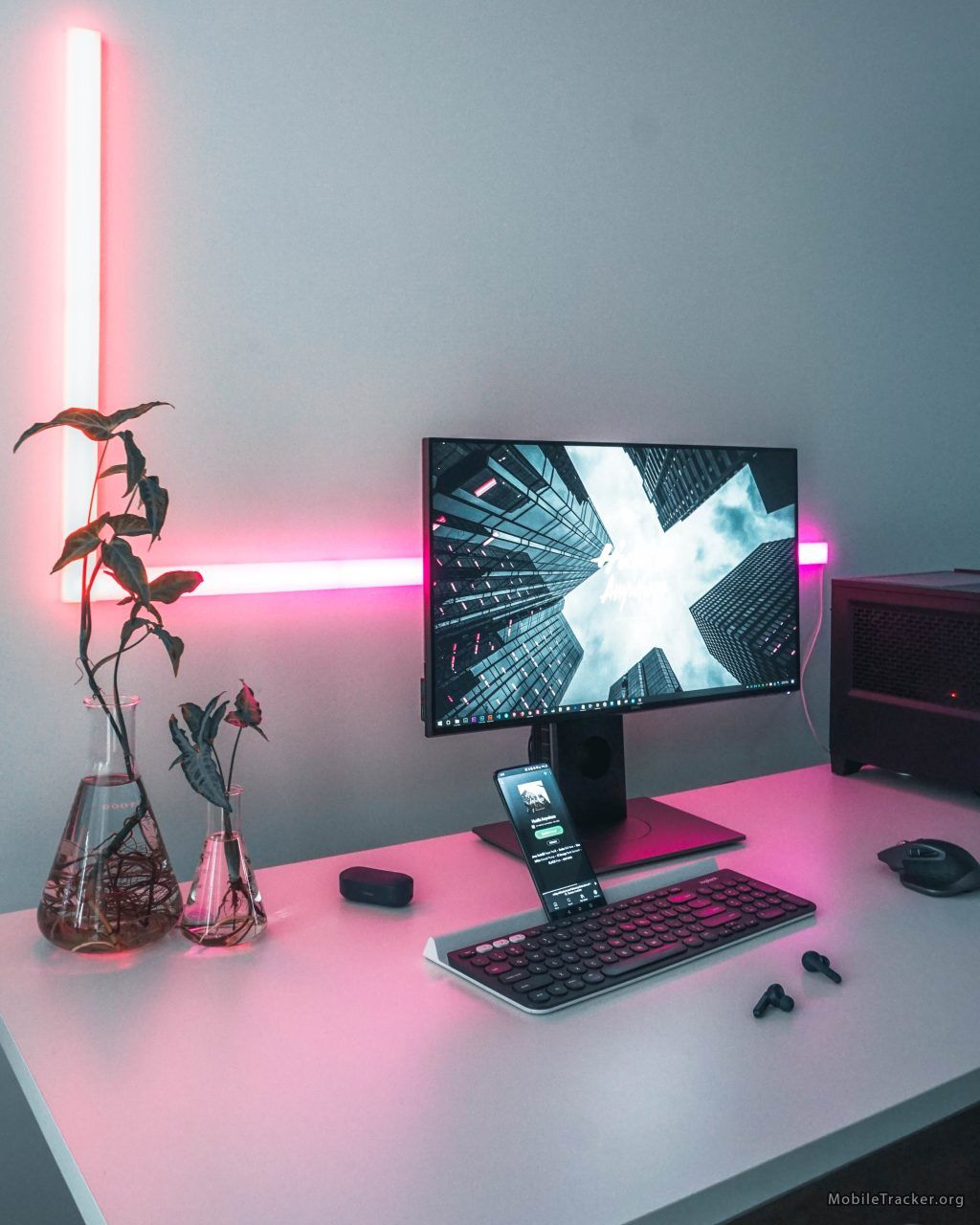In the digital age, where technology permeates every facet of our lives, understanding the distinctions between desktop and mobile devices is crucial. These devices serve as gateways to the virtual world, each offering unique features and functionalities tailored to different user experiences.
Power vs. Portability: The Divide Between Desktop and Mobile Devices
Let’s explore the key differences between desktop and mobile devices:
 1. Form Factor and Portability
1. Form Factor and Portability
Desktop Devices: Desktop computers are typically larger and bulkier, comprising a central processing unit (CPU), monitor, keyboard, and mouse. They are designed to remain stationary on desks and offer more processing power, storage capacity, and connectivity options.
Mobile Devices: Mobile devices, such as smartphones and tablets, are compact, lightweight, and portable. They incorporate touchscreens and rely on battery power, making them suitable for on-the-go usage.
2. Operating System and Software
Desktop Devices: Desktop computers often run full-fledged operating systems like Windows, macOS, or Linux. They can accommodate resource-intensive applications and provide a comprehensive computing experience.
Mobile Devices: Mobile devices utilize mobile operating systems like iOS (Apple) or Android. These operating systems are optimized for touch interactions and offer app ecosystems tailored to mobile usage.
3. User Interface
Desktop Devices: Desktop interfaces usually involve traditional input methods, including keyboards and mice. The larger screen size allows for more complex visual layouts and multitasking.
Mobile Devices: Mobile interfaces predominantly rely on touch gestures, making them intuitive and user-friendly. However, the smaller screen limits multitasking and intricate visual layouts.
4. Connectivity
Desktop Devices: Desktops offer a wide range of connectivity options, including multiple USB ports, Ethernet connections, and various display outputs.
Mobile Devices: Mobile devices prioritize wireless connectivity, featuring technologies like Wi-Fi, Bluetooth, and cellular data for internet access and peripheral connections.
 5. Performance and Power
5. Performance and Power
- Desktop Devices: Desktop computers usually have more processing power, memory, and storage capacity. This makes them ideal for resource-intensive tasks like video editing, gaming, and software development.
- Mobile Devices: While mobile devices are becoming more powerful, they are still constrained by size and battery life considerations. They excel at everyday tasks, social media, and lightweight applications.
6. Usage Scenarios
Desktop Devices: Desktops are well-suited for tasks that demand extensive screen real estate, precise input (e.g., content creation, design, programming), and heavy multitasking.
Mobile Devices: Mobile devices are perfect for quick information retrieval, communication, social media browsing, navigation, and entertainment while on the move.
7. Accessibility
![]() Desktop Devices. The larger screens and physical keyboards of desktops can provide a more accessible experience for users with certain disabilities.
Desktop Devices. The larger screens and physical keyboards of desktops can provide a more accessible experience for users with certain disabilities.
Mobile Devices. Mobile devices often integrate accessibility features like screen readers and magnifiers, benefiting users with different needs.
Desktop and mobile devices cater to distinct usage scenarios and preferences. Desktops excel in power and productivity, while mobile devices offer portability and on-the-go convenience. The choice between them depends on individual needs, tasks, and the desired computing experience.
Have a website? Sign up to instantly see who is browsing your own website!
References
- “Mobile vs. Desktop: Understanding User Behavior and Preferences” – Nielsen Norman Group
Description: This article by the Nielsen Norman Group, a leader in user experience research, compares user behavior on mobile and desktop devices. It highlights differences in interaction patterns, content consumption, and design considerations for each platform.
URL: https://www.nngroup.com/articles/mobile-vs-desktop - “The Evolution of Mobile and Desktop Computing” – Pew Research Center
Description: This report by the Pew Research Center examines the evolution of mobile and desktop devices, including trends in adoption, usage, and technological advancements. It provides insights into how these devices have shaped digital lifestyles and work environments.
URL: https://www.pewresearch.org/internet/fact-sheet/mobile-vs-desktop - “Designing for Mobile vs. Desktop: Key Differences and Best Practices” – Smashing Magazine
Description: This article from Smashing Magazine explores the design challenges and best practices for creating user-friendly experiences on both mobile and desktop platforms. It covers topics such as responsive design, navigation, and performance optimization.
URL: https://www.smashingmagazine.com/designing-mobile-desktop-differences
These references provide insights into the differences between desktop and mobile devices, offering valuable guidance for developers, designers, and businesses looking to optimize their digital strategies for both platforms.